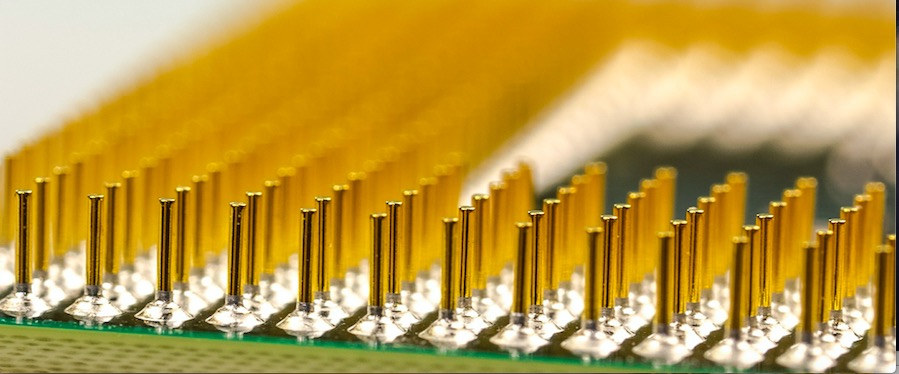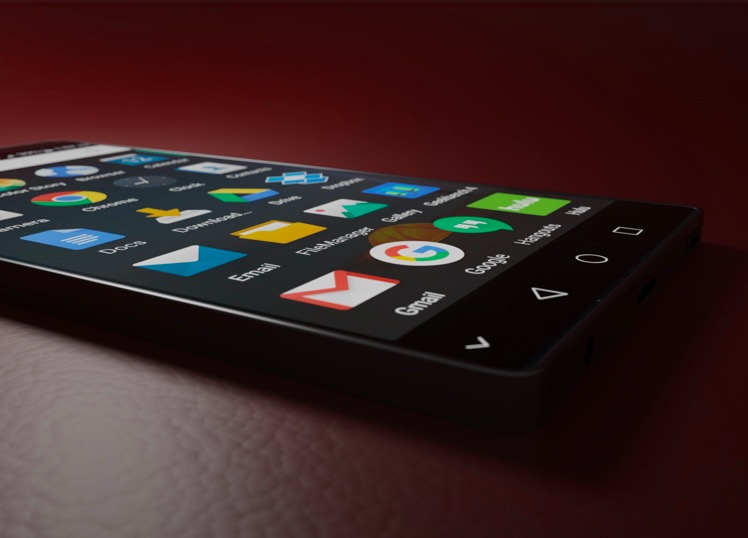Most Impressive POS Hardware and Software innovations
What innovations have shaped the POS landscape in the last few years?

POS systems have come a long way from their humble and clunky beginnings. With the adoption of new software and hardware, they are sleeker, more efficient and can perform a wider array of tasks than ever before. Yet, when looking back at the history of the POS, what innovations really changed the landscape and how did they do so? Let’s take a look at some of the best innovations in POS history.
Hardware
1. Mobile Integration
The widespread use of mobile phones means that just about everyone knows how to use one and knows how useful they are. Mobile phones have been inundated with innovate apps that can suit just about anyone’s needs. However, for a long time the potential of a mobile POS was not considered. The “success of mobile payment dongles paired with downloadable apps in 2010 had been the trigger for the current trend of POS hardware innovation.” This trend changed the industry as POS systems were now not only portable, but could incorporate a ton of new features thanks to the software capabilities of mobile phones.

2. Tablets
In much the same vein as mobile phones, tablets have been capitalized on as a new way to make POS systems more portable and usable. Tablets like iPads have dominated the market as businesses realize the potential of having a system that servers can use for tableside service with the potential of getting orders wrong diminishing considerably.
3. Bluetooth-connected devices
While Bluetooth is not necessarily a new technology, the hardware it’s being paired with is shaping the future of the F&B industry. Just take Bluetooth barcode scanners as a simple example. These scanners remove the need for a wired connection and allow items to be scanned away from cash registers for added convenience.
4. Self-Serve Kiosks
Kiosks are being fitted with more and more hardware to make them completely self-sustaining. Not only do they reduce the need for staff, but they provide a unique experience for customers. Self-service kiosks not only let customers browse the menu, make their selection and pay on the spot, but if the kiosk is connected via cloud, it can also directly fire orders to the kitchen and update the POS once an order has been placed. Pretty sweet!
Software
1. The Cloud
Having a POS system that’s totally connected with all its various hardware components via the cloud has several benefits. Not only are all systems in communication with one another, contributing to better data collection, but you can continue normal day-to-day functions without WiFi and your data will still be uploaded as normal once connectivity is restored.
2. Apps
Apps allow diners to not only browse the best restaurants in their area, but also allow them to see menus, make orders online and even pay without being there in person. This wave of new software is changing the way quick-serve restaurants work by improving their turnover and efficiency. Full-service restaurants can also benefit from online bookings and even online queuing.

3. CRM
Having data on your best customers is sometimes the difference between offering good service and great service. CRM helps you manage all types of important customer data so that you can act on customer habits, food trends and offer the highest-quality service possible. Different POS systems offer different levels of CRM currently, but it is best to check with your POS provider what options they have available for you.
4. Accounting Data
While accounting data sounds about as interesting as watching paint dry, it has come a long way from days of old. Not only is accounting information baked in to most POS systems, but it is often presented in easy-to-digest ways so that even if you are not an accountant by trade, you can make sense of the numbers and figures. This, in turn, helps you to make the necessary changes to manage your business better.
